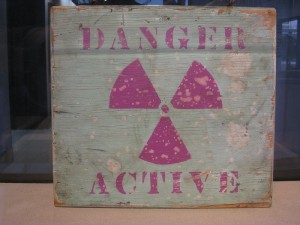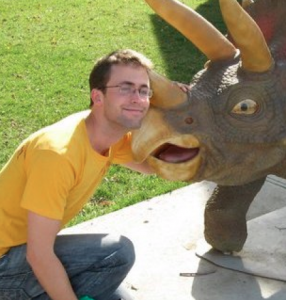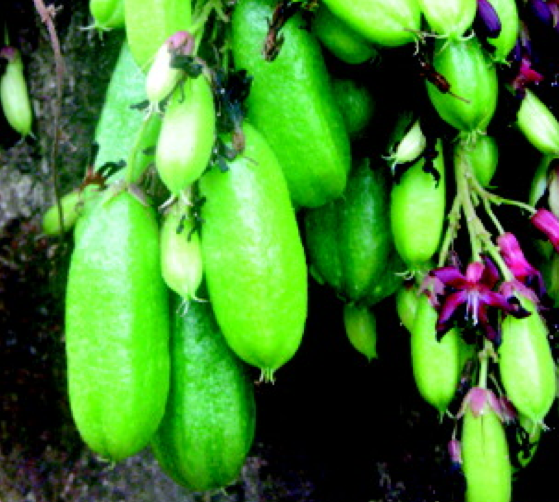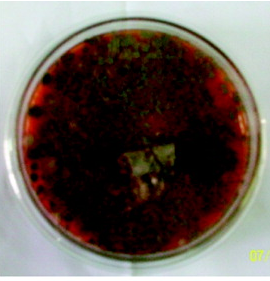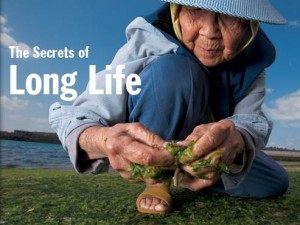Researchers from Sussex University have found that there may be some truth to the old saying “listen to your elders”, or at least in elephants there is. When comparing the leadership skills of matriarch elephants it seems that wisdom really does come with age.
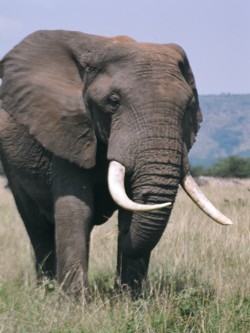
Source: kenyatravelideas.com
In simulated crises, matriarchs over the age of 60 tended to assess threats more accurately than their younger counterparts. Researchers led by Karen McComb played recordings of various lion roars to 39 wild elephant families in Ambseli National Park in Kenya and judged how defensive they became after hearing the threatening lion calls.
Both the young and old matriarch elephants reacted more defensively to the calls of three lions than to the call of only one lion, showing that they could both accurately make threat assessments based on quantity. However, only the older matriarchs reacted more defensively to the calls of male lions than those of female lions. This strong reaction to male lions is an important awareness that can only be gained from experience. Although male lions do not often attach elephants, when they do the results can be devastating. It only takes a single male lion to bring down an elephant calf.

Source: hk.science.museum
You can watch a video here to see the defensive behaviour of the elephants after a lion call is sounded.
In the wild elephant herds can remain together for decades, so having a matriarch that can provide leadership as well safety is invaluable.
There seems to be a trade-off between old and young matriarchs. With a young matriarch the herd gains the strength and fitness of a young leader who can defend the group, but an older matriarch offers experience and wisdom to accurately assess danger to the herd. Given the choice wild elephants value experience over youth.
The original article can be found here.



